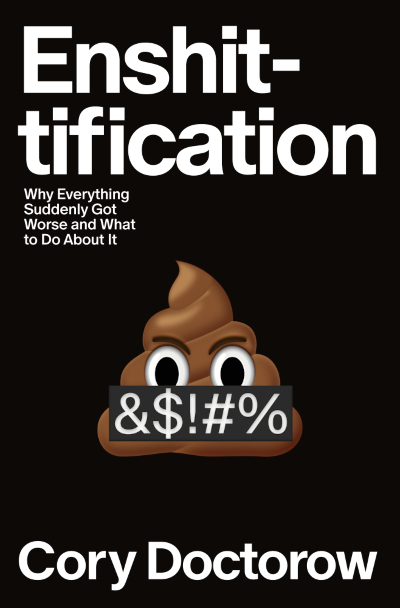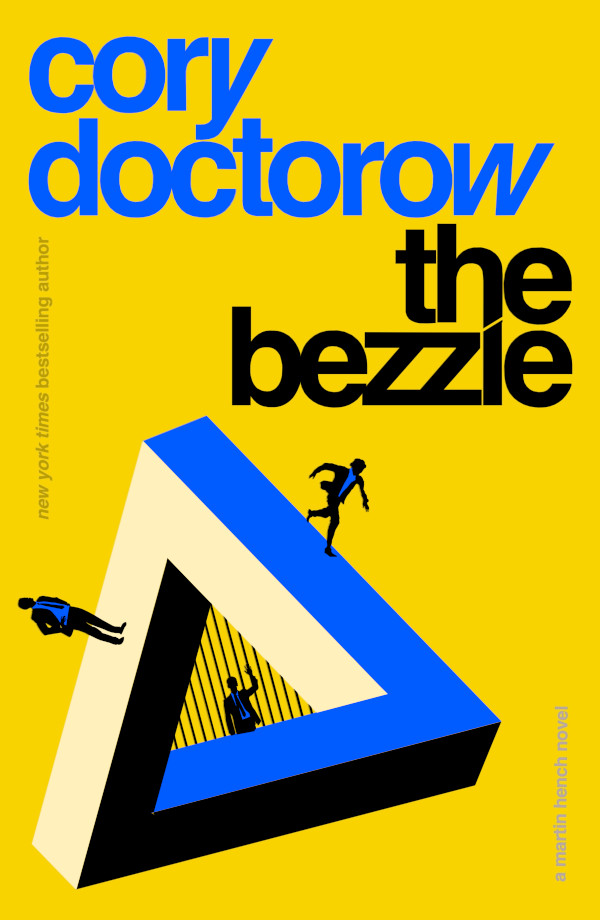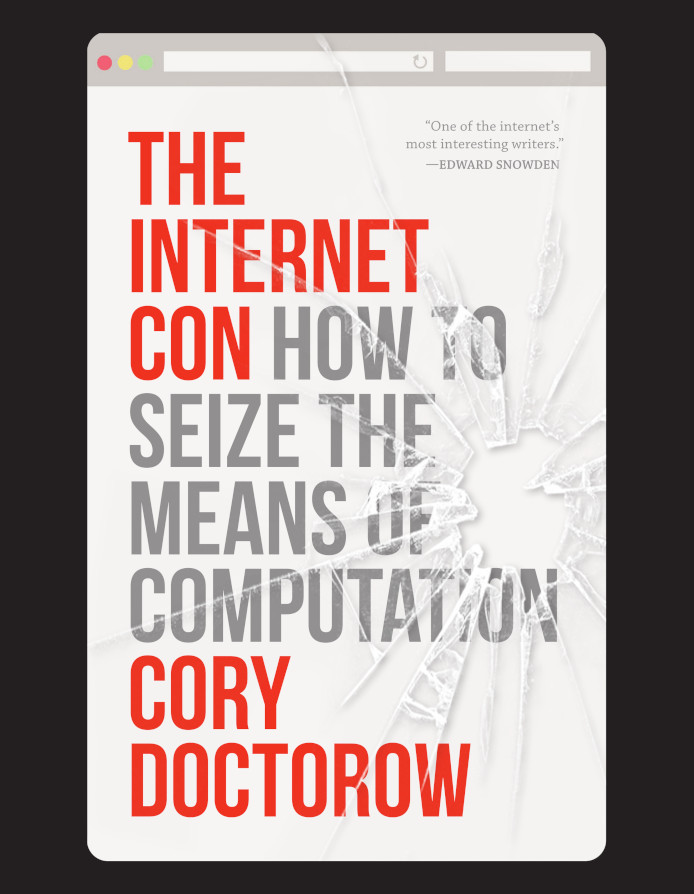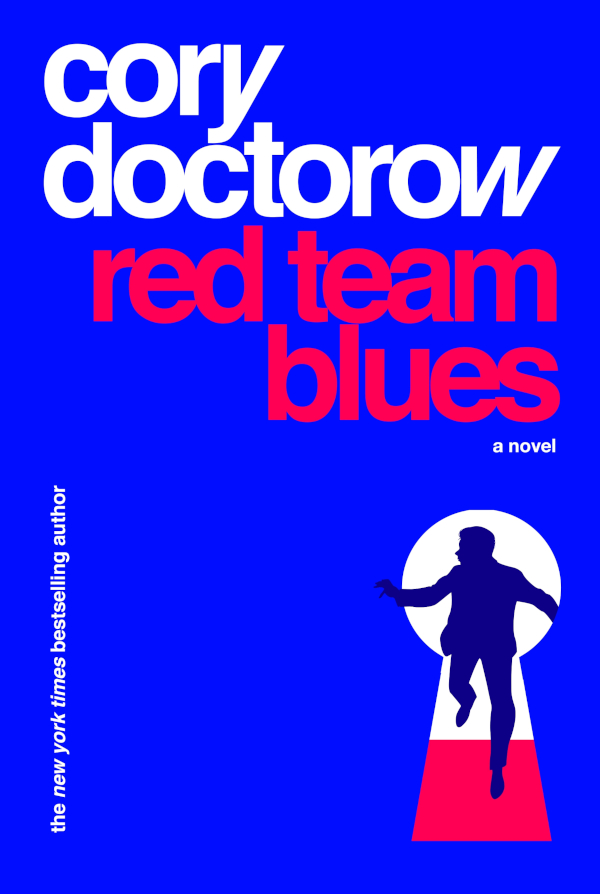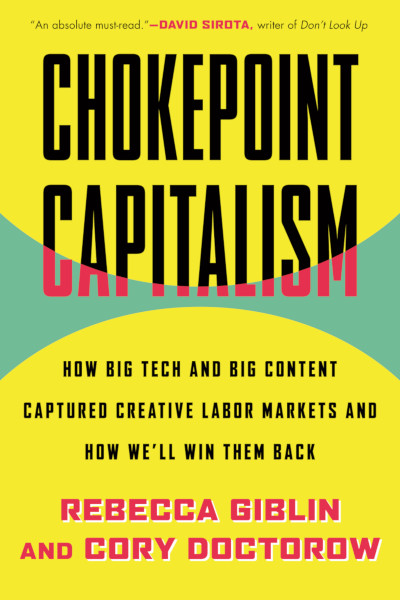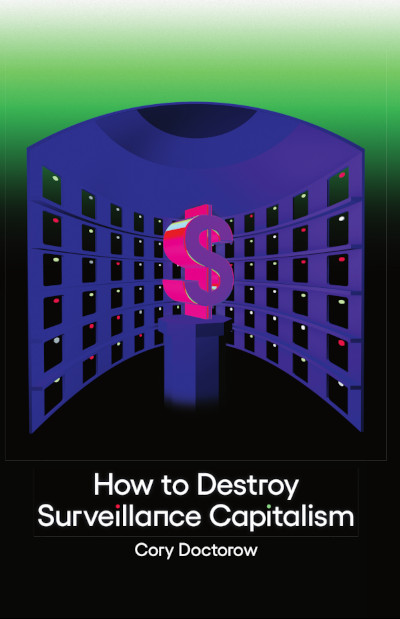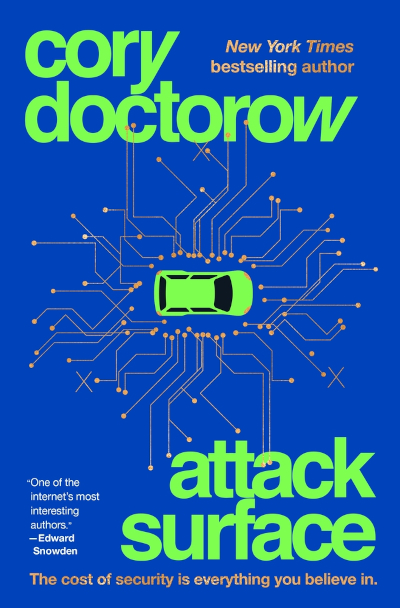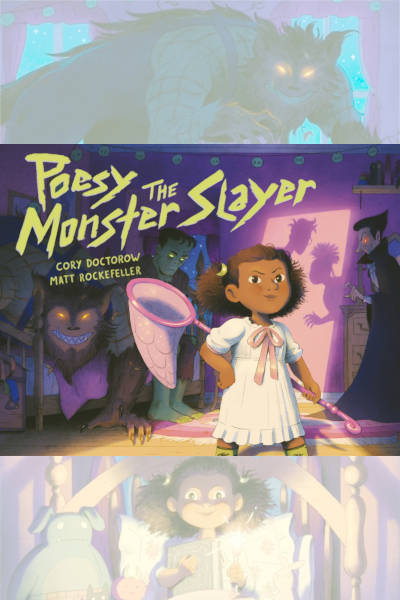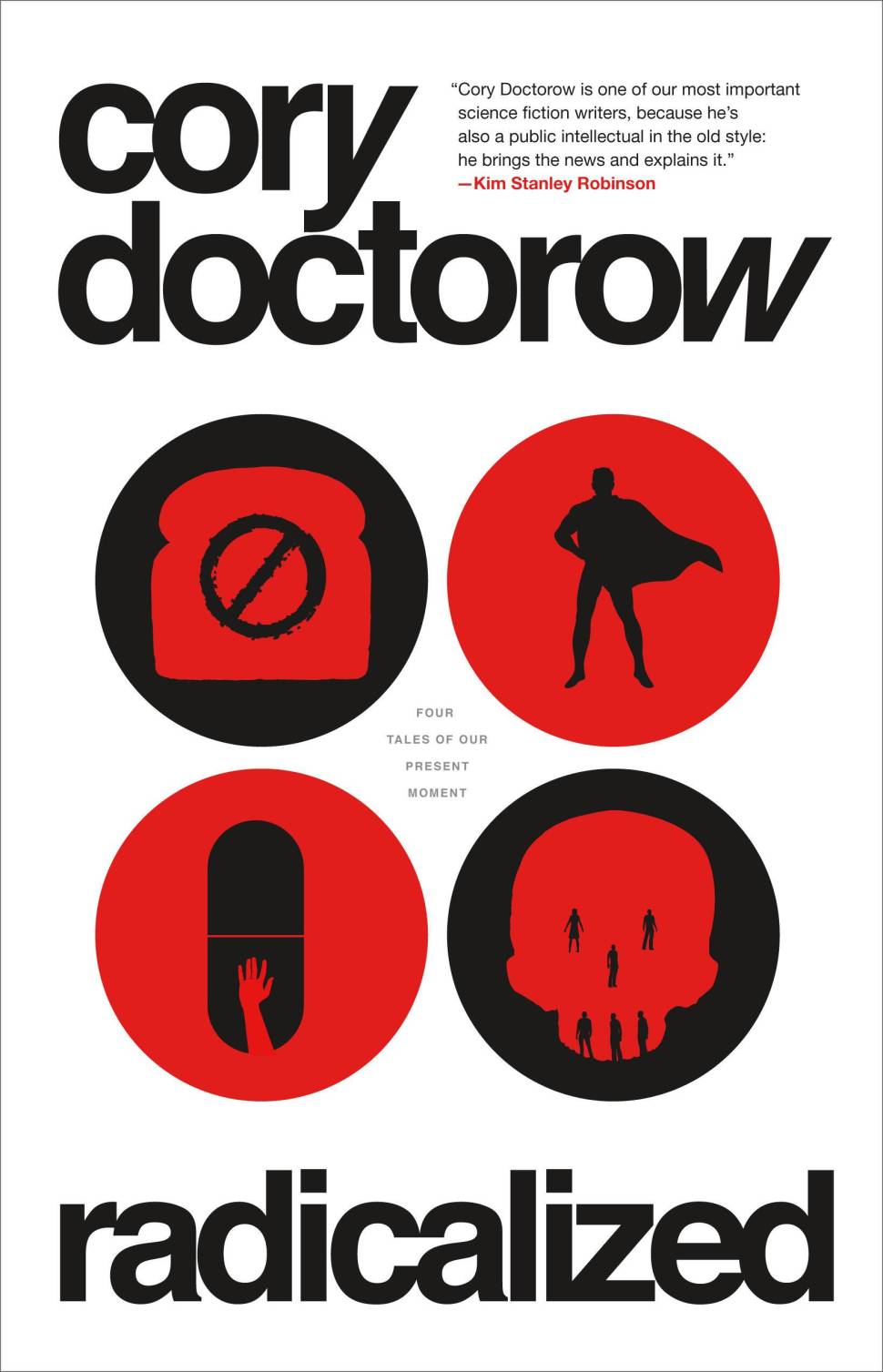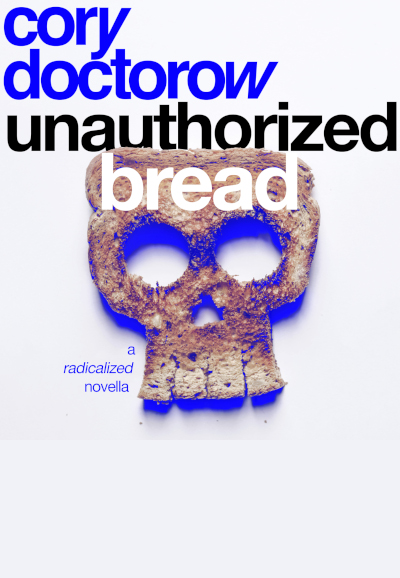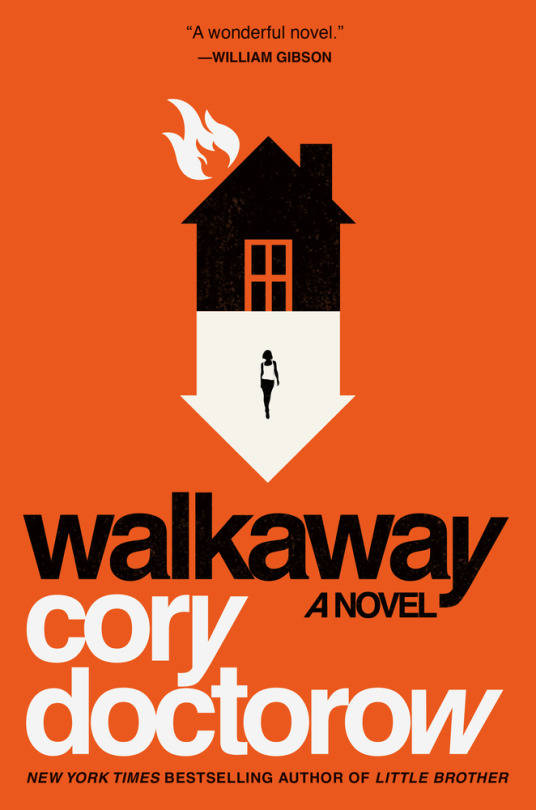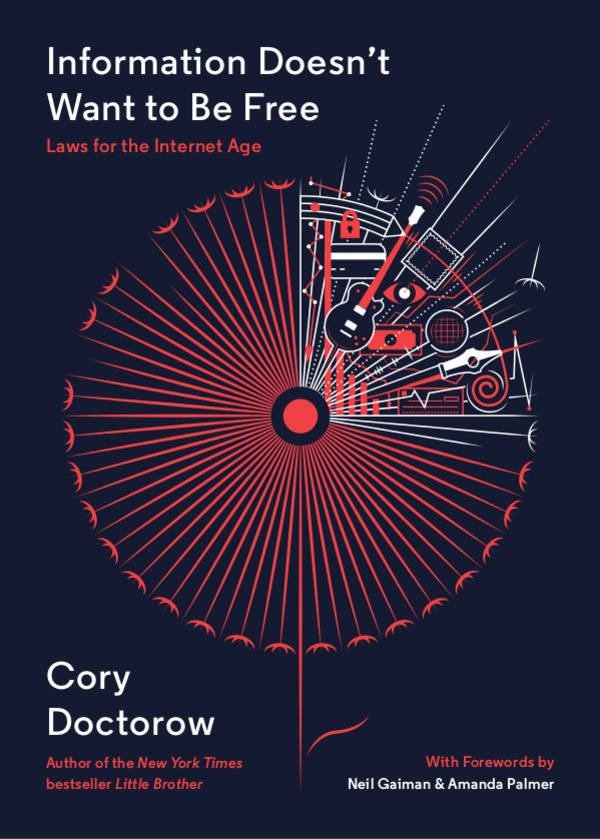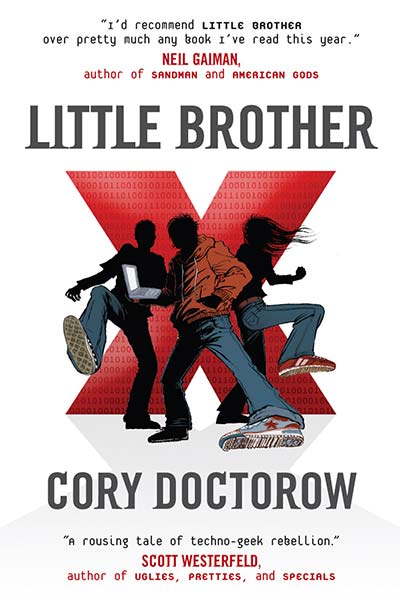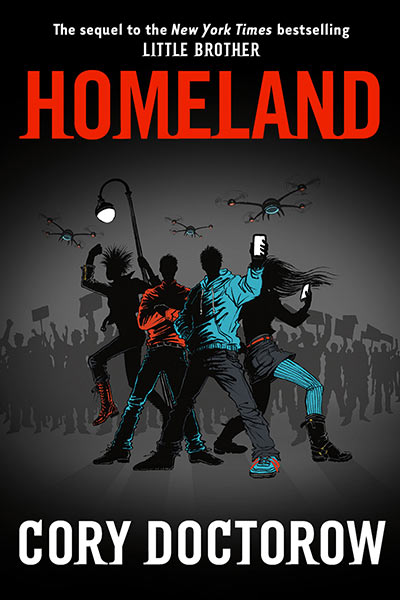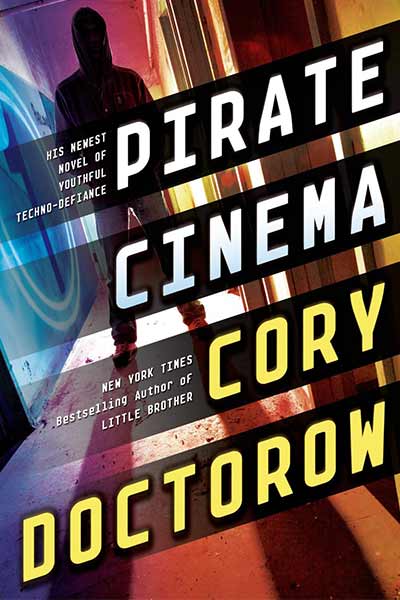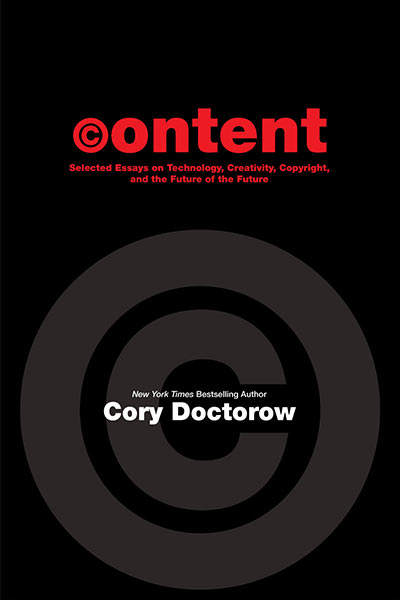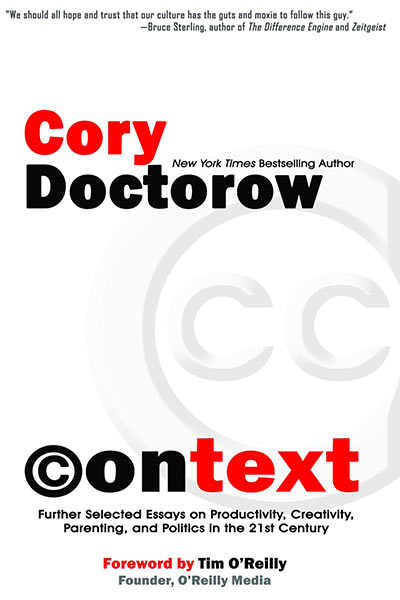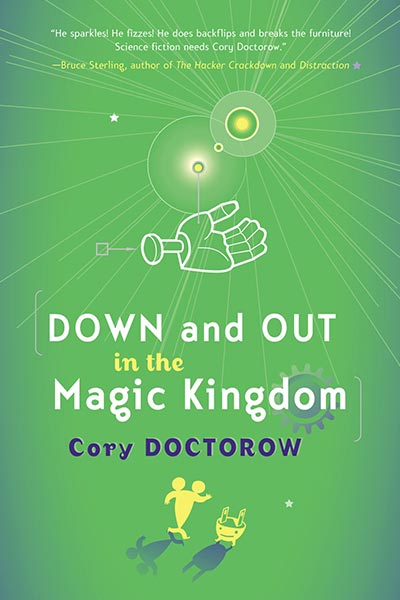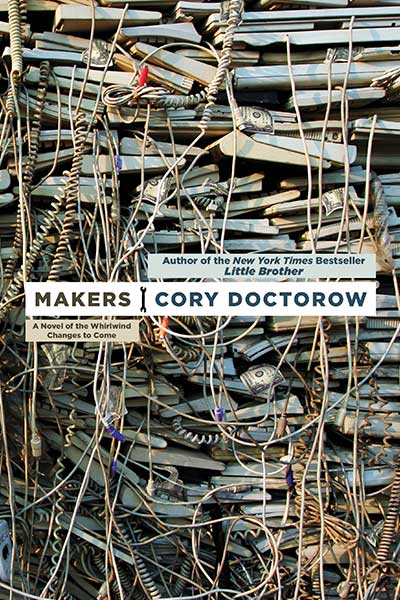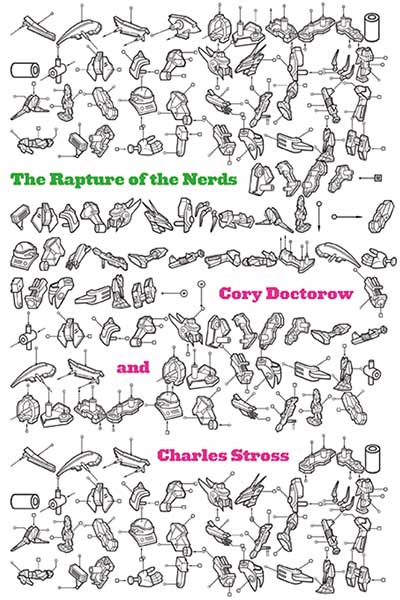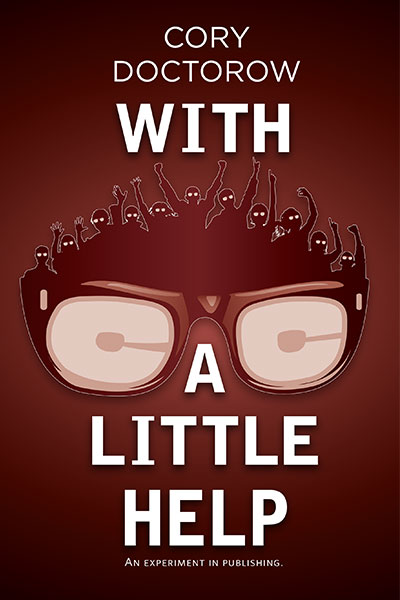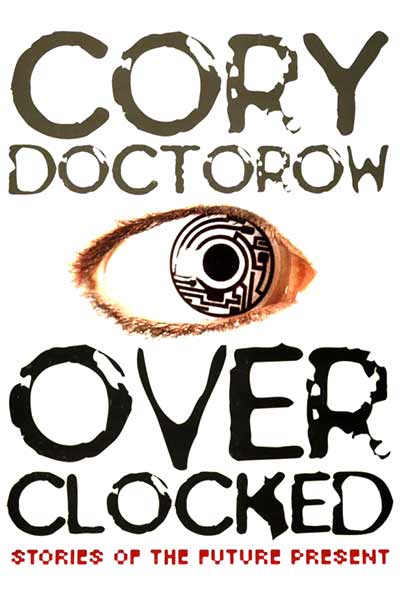Suicide Girls has published an excerpt from Rapture of the Nerds, the novel Charlie Stross and I wrote, which will come out in September. Charlie and I will be touring the book together briefly after Labor Day. The details are still being settled, but there’s going to be some very exciting stops!
Rapture is the novel-length version of the two novellas Charlie and I wrote, Jury Service and Appeals Court. For this volume, we re-wrote those two, and added a long third section, Parole Board, from which the Suicide Girls excerpt is drawn. It’s a comic novel of the Singularity, party mash-note to technophilia and part indictment. As the title suggests, we’re both a little ambivalent on the idea of machine transcendence.
Of course, the sim is far too realistic. A virtual champagne bath should somehow manage to keep the champagne drinking-temp cold while still feeling warm to the touch. And it shouldn’t be sticky and hot and flat; it should feel like champagne does when it hits your tongue—icy and bubbly and fizzy. And when Huw’s nonbladder feels uncomfortably full and relaxed in the hot liquid and she lets a surreptitious stream loose, it should be magicked away, not instantly blended in with the vintage Veuve to make an instant tubworth of piss-mimosa.
This is what comes of having too much compute-time at one’s disposal, Huw seethes. In constraint, there is discipline, the need to choose how much reality you’re going to import and model. Sitting on an Io’s worth of computronium has freed the Galactic Authority—and isn’t that an unimaginative corker of a name? — from having to choose. And with her own self simulated as hot and wide as she can be bothered with, she can feel every unpleasant sensation, each individual sticky bubble, each droplet clinging to her body as she hops out of the tub and into the six-jet steam-shower for a top-to-bottom rinse, and then grabs a towel —every fiber slightly stiff and plasticky, as if fresh out of the wrapper and never properly laundered to relax the fibers—and dries off. She discovers that she is hyperaware, hyperalert, feeling every grain of not-dust in the not-air individually as it collides with her not-skin.




